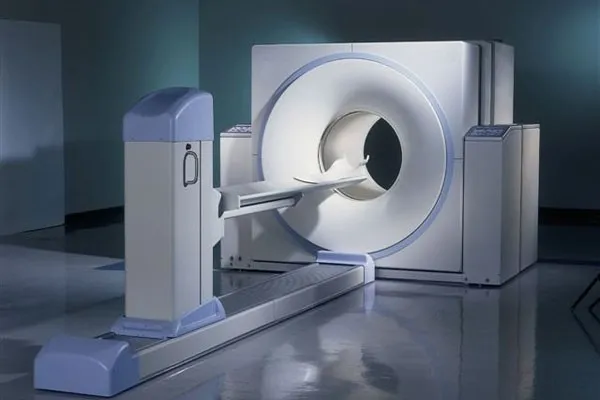Discover the Most Expensive Medical Devices in the World, ranging from cutting-edge cancer treatments to life-saving heart surgeries. These devices, priced from hundreds of thousands to millions of dollars, represent the pinnacle of medical technology.
While they promise life-changing outcomes, the question remains: are healthcare budgets being directed where they truly matter? Explore the devices that are redefining modern medicine and their significant impact on patient care.
Most Expensive Medical Devices Summarize :-
| Rank | Medical Device | Price (Approx.) |
|---|---|---|
| 1 | Particle Beam Therapy System | $100-200 Million |
| 2 | Da Vinci Surgical System | $2 Million |
| 3 | Gamma Knife | $5-7 Million |
| 4 | MRI Scanner (High-End Model) | $3-5 Million |
| 5 | Artificial Heart | $1.5 Million |
1. Particle Beam Therapy System – $100-200 Million
The Particle Beam Therapy System is the most expensive medical device globally, used primarily for cancer treatment. It employs proton beams to target and destroy cancer cells while minimizing damage to surrounding tissues.
The technology requires a massive setup, including a cyclotron or synchrotron, making it incredibly costly. Despite its high price, its precision and effectiveness make it indispensable for treating complex cancers.
2. Da Vinci Surgical System – $2 Million
The Da Vinci Surgical System is a robotic-assisted device that enables minimally invasive surgeries. Its high price stems from its advanced features, including robotic arms, 3D high-definition imaging, and precision tools controlled by surgeons. Used for procedures like prostatectomy, hysterectomy, and cardiac surgery, the Da Vinci system reduces recovery time and improves patient outcomes. Its annual maintenance, which costs hundreds of thousands of dollars, adds to the overall expense.
3. Gamma Knife – $5-7 Million
The Gamma Knife is a state-of-the-art device for non-invasive brain surgery. It uses focused gamma radiation to treat brain tumors, vascular malformations, and functional disorders like trigeminal neuralgia. The high cost reflects the complexity of its design and its ability to deliver targeted treatment without requiring an incision. Hospitals also invest heavily in specialized facilities to house and operate this device.
4. MRI Scanner (High-End Model) – $3-5 Million
Magnetic Resonance Imaging (MRI) scanners are essential for diagnosing a wide range of medical conditions, from brain injuries to cancer. High-end models, featuring advanced capabilities like functional MRI (fMRI) and cardiac imaging, cost significantly more than standard machines. The price includes not only the scanner itself but also installation, shielding, and ongoing maintenance, making it one of the most expensive diagnostic tools.
5. Artificial Heart – $1.5 Million
Artificial hearts, such as the SynCardia Total Artificial Heart, are lifesaving devices for patients with end-stage heart failure who are awaiting a transplant. These devices temporarily replace the function of a failing heart, allowing patients to live longer. Their high price is due to the complexity of the design, biocompatible materials, and rigorous testing required to ensure reliability and safety.
Offical Website – Link
Conclusion
The exorbitant prices of these medical devices reflect their life-saving potential and cutting-edge technology. While they come with significant costs, their impact on patient care and outcomes is invaluable. These devices symbolize the remarkable strides made in medical science, proving that innovation and investment can transform healthcare.
FAQs
1. Why are medical devices so expensive?
The high costs are due to advanced technology, research and development expenses, and stringent regulatory approvals.
2. What makes the Particle Beam Therapy System so costly?
Its cost stems from the need for massive infrastructure and the precision technology required for proton therapy.
3. How does the Da Vinci Surgical System improve surgeries?
It allows for minimally invasive procedures, reducing recovery time and improving surgical precision.
4. Can artificial hearts be a permanent solution?
Currently, they serve as temporary solutions for patients awaiting transplants but may evolve into permanent options.
5. Are these devices accessible in all countries?
Due to their cost and infrastructure requirements, they are typically available in specialized centers in developed countries.
